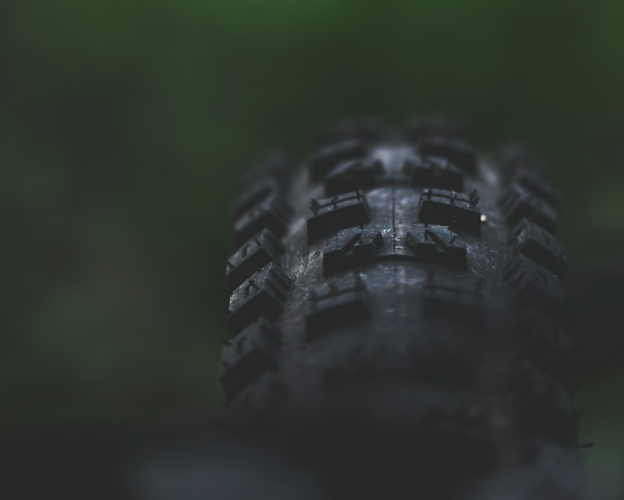Article at a Glance:
- ATV tyres experience different kinds of wear patterns throughout their lifespan.
- Some common tyre wear patterns on ATVs are centre tread wear, shoulder lug wear, one-side wear, chunking, and punctures.
- Understanding these tyre wear patterns and their causes will help ATV riders better take care of their ATVs.
ATV tyres undergo rigorous application, especially during off-road expeditions. Your ATV tyres experience diverse surfaces, ranging from dirt, sand, and rocks to asphalt, which has a distinct toll on your tyres. The impact on your ATVs can be gauged through wear patterns on the ATV tyres. In this article, we shed light on the five most common ATV tyre wear patterns and their causes. Also, read how to avoid uneven tyre wear.
Centre Tread Wear
Centre tread wear is common on ATV tyres and is mostly a result of overinflation in tyres. When tyres are overinflated, the central tread is slightly bulged, and the bulged section becomes the only point of contact between the tyre and the ground. Thus, the main tread area wears faster compared to the shoulder area. Tyres used on hard-packed or rocky terrain mostly experience centre tread wear. You can mitigate this wear pattern through proper tyre inflation and regular rotation.
Shoulder Lug Wear
Shoulder lug wear is the opposite of centre tread wear. It occurs when the outer lugs or edges of the tyre’s tread wear down more rapidly than the centre. Shoulder lug wear is a result of underinflation and aggressive cornering or turning on abrasive surfaces. When tyres are underinflated, the shoulder area will mostly be in contact with the surface. This wear pattern can affect the tyre’s handling and traction in off-road conditions. Always use recommended tyre pressure to avoid this type of ATV tyre wear.
One-Side Wear
This type of ATV wear indicates wear either inside or outside of the footprint (the portion of the tyre’s tread that touches the ground). One-side ATV tyre wear happens due to poor tyre alignment. Poor tyre alignment puts more pressure on the footprint, accelerating the wear on that side of the tread. If you experience this type of wear on your ATV tyres, promptly do an alignment check. In case your tyre is beyond repair, you should go for new ATV tyres.
Chunking
Tread chunking occurs when pieces of the tyre’s tread get removed. Chunking occurs as a result of excessive off-road use. Small chunks or knobs of tyres break away from the tyre while riding on unpaved roads or sharp rocks. This type of ATV tyre wear is also a result of aggressive driving, overloading, improper tyre inflation, and alignment.
If you notice signs of chunking on your ATV tyres, you should realise it is time to change your tyres. Look for the best ATV tyres in Australia online, and you can find many suitable options for your ATV. Always order recommended tyres for your ATV that match your vehicle type.
Tear or Puncture Damage
Tear or puncture damage is the most common tyre wear on ATVs. When you drive your ATV on rugged off-road terrains with sharp rocks, tree branches, or other obstacles, your tyres can experience puncture or tear. Generally, tear or puncture damage is seen on the central tread area or sidewalls. Excessive tear or puncture on your ATV tyres is a sign for tyre replacement.
In conclusion, your ATV tyres develop different tyre wear patterns throughout their lifespan. Some of the most common tyre wear patterns on ATVs are centre tread wear, shoulder lug wear, feathering, chunking, and puncture. As an ATV enthusiast, it is recommended you stay vigilant of various wear patterns and their causes to avoid common ATV damages. This will help you enjoy a longer tyre life and make your ATV tyre purchase rewarding and economical.

